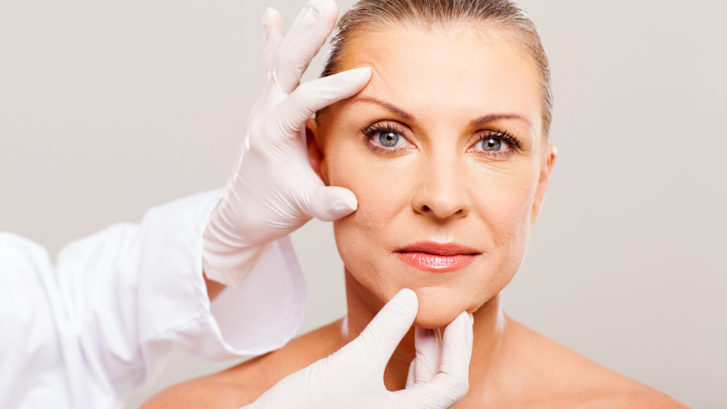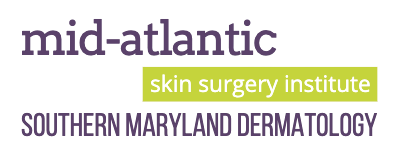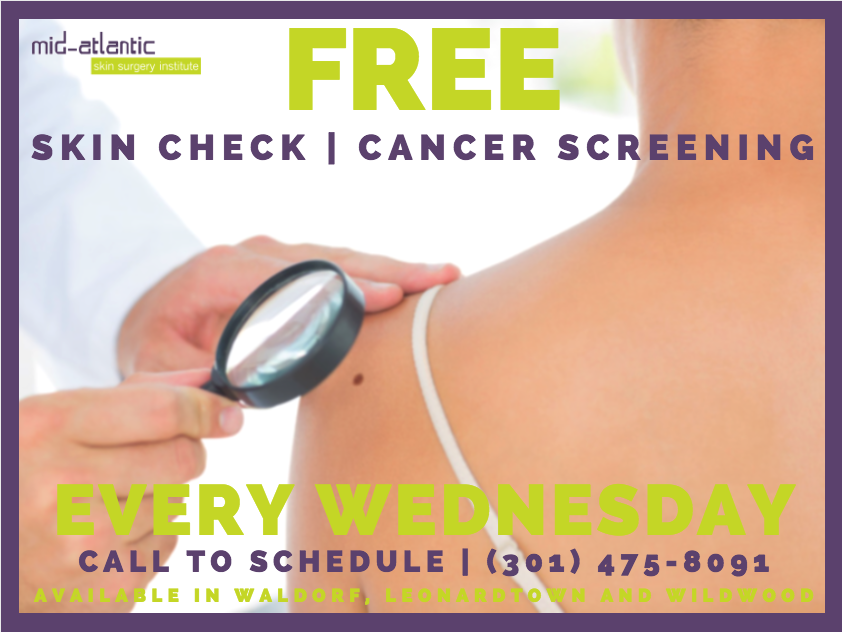
A suspicious mole or lesion on the skin can be alarming, and patients always hope to receive a definitive diagnosis and treatment as quickly as possible.
Fortunately, Mohs surgery — also known as Mohs micrographic surgery — can efficiently and effectively provide patients with skin cancer removal and cosmetic improvement in their skin during a routine out-patient procedure.
Here’s everything you need to know about Mohs surgery.
What is Mohs Surgery?
Mohs surgery allows dermatologists to evaluate and treat skin cancer, while repairing any aesthetic damage to the face. It’s especially useful in cases of basal cell carcinoma and squamous cell carcinoma.
What to Expect From a Mohs Surgery?
Rather than waiting for the pathology lab to return biopsy results, patients with skin cancer or suspicious lesions can undergo Mohs surgery for faster and more physically attractive outcomes.
Prior to the procedure, the treatment area in numbed with a local anesthetic.
The dermatologist then scrapes a very thin layer of cells from the growth and the surrounding skin (margins).
He or she will view this specimen underneath a microscope and look for the presence of malignant cells.
This process is repeated over and over until the margins are determined to be free of cancer.
What is Slow Mohs Micrographic Surgery?
Lentigo malignant melanoma is extremely rare, but potentially deadly, and usually presents on the neck, face, cheeks, and nose.
In cases of this type of skin cancer, a slow Mohs micrographic surgery is performed.
Rather than receiving immediate results during the procedure, the sample of skin is submitted to pathology for evaluation and results are returned the next day.
Cosmetic correction of the area is delayed until lab results show cancer-free margins.
Recovering From Mohs Surgery
OTC medication is usually sufficient to manage pain after a Mohs surgery, and the treatment area may be covered with gauze to address any minor bleeding.
Additionally, patients may experience bruising or swelling for up to 5 days, and applying ice for 2 days post-procedure can help reduce inflammation.
Redness, itchiness, and numbness may also occur.
Free Skin Checks / Cancer Screenings
Every Wednesday, at all 3 of our convenient Southern Maryland locations, we’re offering free skin checks and cancer screenings.
For additional information on Mohs Surgery in Maryland — or other skin cancer treatments — including Superficial Radiation Therapy (SRT), visit us online or call 301.475.8091 today to schedule a consultation.


